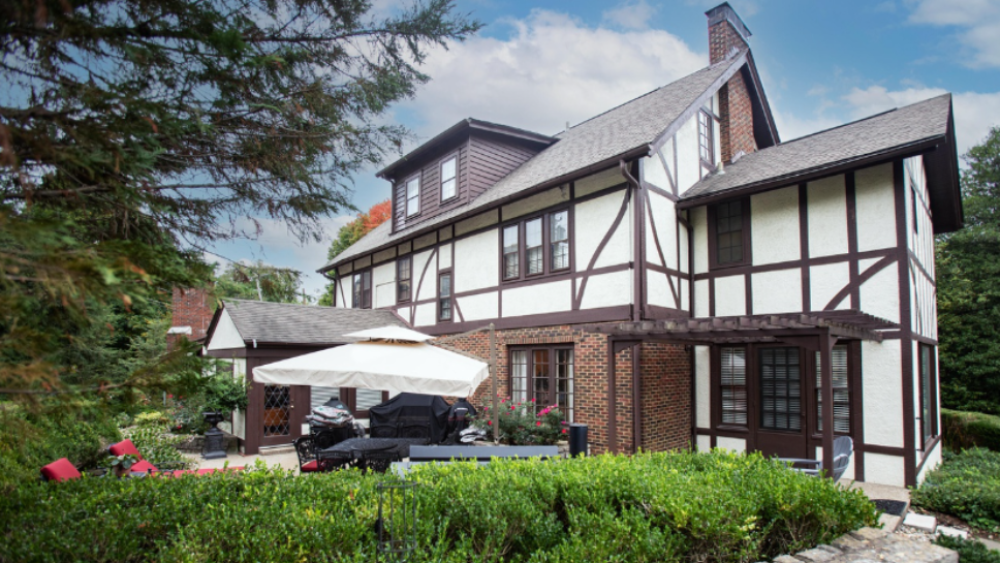It’s hard to miss a Tudor Revival-style home, often shortened to just “Tudor.” The elaborate entryways, steep shingled roofs, and intricate timber designs ooze storybook charm. We’re honestly surprised they don’t automatically come with a fairy godmother.
Louisville is home to quite a few Tudors, ranging from quaint cottages to sprawling manors, so we’re taking a closer look at the style to help you spot one next time you’re driving around.
🧚 Long, long ago…
Tudor Revival architecture dates back to 17th-century England and is based on Elizabethan architecture. It gets its name from the English House of Tudor dynasty (1485-1603), which included Elizabeth I herself.
It combines Renaissance and Gothic design elements, and traces of the style first showed up in the US on Queen Anne-style houses. The style was popularized in the UK in the late 19th century before peaking in the US in the 1920s and 1930s.
Neighborhoods in Derby City with the most Tudor Revival houses include Upper Clifton, Cherokee, and Seneca Gardens.

This Tudor-style house built in 1928 is in the Belknap neighborhood.
Photo by @jdjudah
🪵 Yellin’ half-timber
Half-timbering is one of the most notable features of Tudor Revival-style homes. Purely decorative, the exposed structural elements are often filled-in or “nogged” with stone or brick. Next, are the steeply pitched roofs. They often have intersecting gables + dormer windows — and no Tudor home is complete without an elaborate chimney and/or entryway.
Here’s a few other characteristics to look for:
- Natural materials
- Stone, brick, stucco exteriors
- Asymmetrical forms
- Irregular floor plans
- Tall, multi-paned windows with diamond-shaped panes
- Arched doorways and windows
💰 Live it
If you like it so much, why don’t you marry it? Here are a few on the market right now:
- Tudor-style stunner near Cherokee Park | $1.075 M | 6BR, 4.5BA | Original parquet flooring
- Charming Tudor in Strathmoor Manor | $375,000 | 3BR, 2BA | Cozy fireplace
- 1935 Tudor in Riedlonn | $479,000 | 4BR, 3.5 BA | Enclosed sunroom for plants and relaxation











